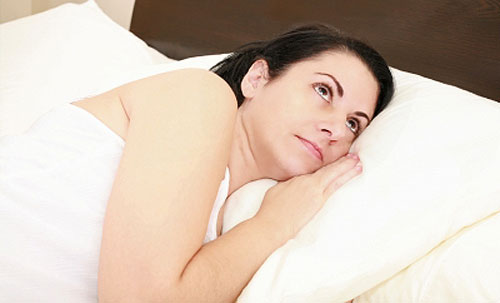 Having difficulty sleeping at night? Feeling restless? There could be a good reason for it. Restless Legs Syndrome (RLS) is a common neurological condition that results in sufferers experiencing an overwhelming desire to get up and move around when lying down or seated in a relaxed position.
Having difficulty sleeping at night? Feeling restless? There could be a good reason for it. Restless Legs Syndrome (RLS) is a common neurological condition that results in sufferers experiencing an overwhelming desire to get up and move around when lying down or seated in a relaxed position.
As opposed to other conditions or cramps etc. that can cause involuntary movement in the limbs, RLS can be extremely frustrating for people who experience it severely as it can cause them to frequently wake at night, affecting the quality of sleep.
What are the symptoms of Restless Legs Syndrome?
Symptoms of RLS can vary depending on the severity of it, however common symptoms include strange sensations – not necessarily pain – that are relieved by moving the legs, being awoken in the night or an inability to sit for long periods of time due to a desire to move the legs (i.e. going to the theatre or watching television).
The NZ Respiratory and Sleep Institute say that typically there is a repetitive movement of the big toe towards the shin, or bending the ankle, knee or hip. This restlessness lasts between five seconds to 1½ minutes.
How is RLS treated?
The Institute suggests that in many cases, the only treatment needed is reassurance. However, iron supplements may be given if there’s a deficiency and in cases where there is considerable pain, codeine-based medicine can be taken.
Here are some more facts about Restless Legs Syndrome from the NZ Respiratory and Sleep Institute.
10 facts about Restless Legs Syndrome
- Women are twice as likely to be affected as men.
- Not everyone experiences Restless Legs Syndrome in the same way. Some people get a throbbing or pulling sensation, others say it’s a creepy crawly feeling that is hard to describe. But most everyone reports an overwhelming urge to move their legs.
- One main underlying cause of RLS is an iron-deficiency – about 20 per cent of patients fall into this category.
- While the syndrome is known to occur in pregnancy, there are other phenotypes that are prone to developing it. These include breast-feeding women and those who have menorrhagia – abnormally heavy and prolonged menstrual bleeding.
- Post-menopausal women are also susceptible and are three times as likely to have it.
- Research shows that there is almost certainly a genetic component to the condition.
- RLS is not confined to the legs. Sometimes the arms and lower trunk can feel the same sensations.
- The condition is associated with anxiety and depression.
- While severe cases are treated with low-dose dopamine medications, lifestyle changes can make a difference. Try a walk before bedtime or leg stretches just before hopping into bed.
- RLS is not a precursor to Parkinson’s disease as many people believe.
There are other more serious conditions that can cause Restless Legs Syndrome, so if you experience symptoms as described above, contact your GP and ask for a referral.
Image / FreeDigitalPhotos.net – David Castillo Dominici

